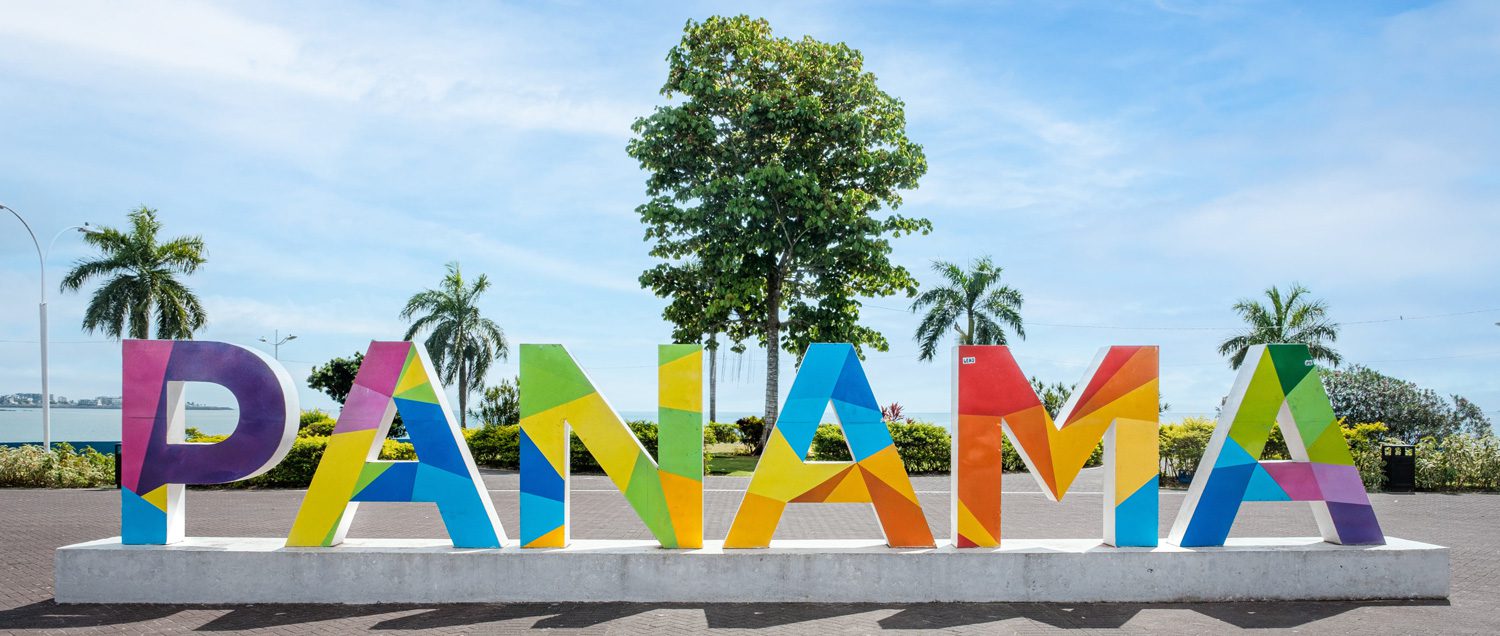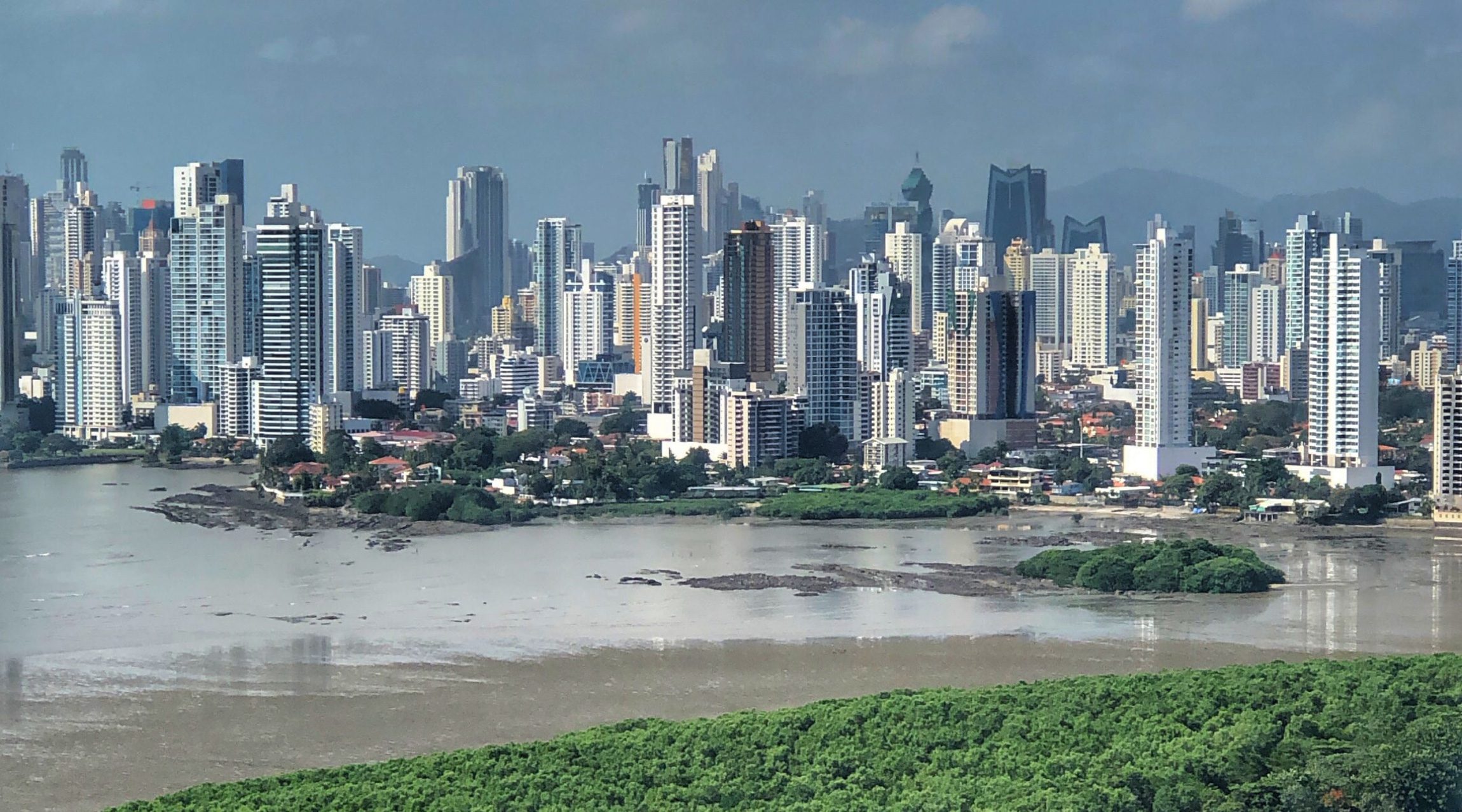In this series, we look at some of the complexities to consider when expanding your business across borders, or if you’re looking at multinational investment. There are many general issues, and different countries have very different legislation, regulation, and tax regimes.
Here, we review some of the complexities to keep in mind when expanding or investing into Panama.
Introduction
Though Panama is a small country in the middle of the Central American isthmus, it is one of the most highly competitive nations in the region. With a population of around 4.5 million and land mass of just 75,517 km2, Panama is most famous for its Canal, providing an essential shipping route linking the Atlantic and Pacific oceans. The Panama Canal operates as a business, and it’s a very successful one, generating revenue of close to US$3 billion in 2021.
While the economy is small, it’s very much open and highly diverse. The ‘Hub of the Americas’ has the U.S. dollar as recognised currency, an efficient bilingual workforce, and GDP growth of 21% (US$60.12 billion in 2021), alongside 1.6% inflation (in 2021, according to the IMF). GDP per capita is among the highest in Latin America at US$14,640, and the unemployment rate of 10.2% is relatively low for the region. What’s more, the Colon Free Trade Zone is the largest free port in the western hemisphere and accounts for around 8.5% of GDP.
Panama has a stable and robust economy that has recently improved its banking regulation systems, particularly in transparency and legal/regulatory cooperation. There is some way to go yet, and the country has made high level commitments to work with the FATF (Financial Action Task Force) and GAFILAT (Financial Action Task Force of Latin America) to strengthen its AML/CFT regimes.
Panama’s landscape is ecologically diverse, with beautiful coastlines surrounding rainforests, mountains and cloud forests. Over 30% of the land is set aside for conservation; around 5 million acres. While tourism is still relatively new to Panama and there is no real tourism infrastructure in place, the diversity of wildlife and landscape attracts c. 650,000 visitors a year, with eco-tourism and eco-adventuring very popular. There are 29 national parks, forest reserves and wildlife refuges within a two-hour drive from Panama City, and the country holds a recognised 125 animal species that exist nowhere else on earth.
Panama has also adopted a long-term roadmap to diversify its energy sector, with the goal being 70% of its generated energy to be from renewable sources by 2050. While 54% is currently produced by hydro and the country is host to the largest wind farm in Central America, the potential for solar and wind power generation has yet to be fully realised, with both sitting around 15%.
Panama does not observe Daylight Savings Time, so is one hour behind EST from March–November.
Panama has a stable and robust economy that has recently improved its banking regulation systems, particularly in transparency and legal/regulatory cooperation.
Opportunities
While the main economy of Panama is dependent on mining (copper, gold, iron, manganese), agriculture (mainly bananas, vegetables, and sugar), transport/logistics (the Canal is the government’s chief revenue source) and timber (43% is forest land), sectors with strong future potential include tourism, infrastructure, renewable energies, banking & finance, and ports & logistics.
The government also aims to leverage the country’s existing logistics hub to create five more hubs: aviation, business services, value-added manufacturing, digital, and talent.
The country is, literally, well placed on the digital front. While 7 of the continent’s most important fibre optic cables run alongside the Panama Canal, new data privacy laws ensure legal security, which has encouraged Google to connect to Panama’s digital hub.
Five Special Economic Zones provide investors with tax benefits, with each zone focused on specific sectors. For example, the City of Knowledge (Ciudad del Saber) has been specifically designed as a Business, Scientific and Technological area with close links to local universities.

Foreign Direct Investment
Panama has increasingly become more popular for foreign investment due to its stable political environment, pro-business government, rising real estate market, geographic position and steady economy.
More, the tax rate for households and businesses is moderate, and there are many tax and duty advantages in the Colón Free Zone (CFZ). Panama has a modern infrastructure, strong political stability, and highly developed real estate, tourism, and banking sectors. However, the country still faces challenges from, for instance, a slow judicial system, is subject to economic and political repercussions from its neighbours, and can be affected by extreme weather.
Inward FDI totalled US$4.3 billion in 2019, then dropped to US$589 million in 2020, but the government actively encourages foreign investment, with BusinessPanama actively helping foreign investors with the country’s complex business landscape.
Panama is an excellent location for nearshoring, with the Canal provides easy access up and down the value chain.
Panama also has 21 free-trade agreements, giving foreign investors access to 55 countries and over 1.3 billion consumers.
What’s more, Panama’s Constitution and Foreign Investment laws provide foreigners with rights equal to Panamanians when it comes to investing in a business, property ownership and investments in general.
Doing business & establishing a company
Business practices and customs in Panama are a unique blend of North American methods and traditional Latin style, and legislation is based on best practices from both the U.S. and EU.
Incorporation takes around two weeks, and can be done from overseas. Directors, shareholders and company officers can be any nationality and there is no requirement to be resident in Panama, though a Resident Agent must be identified. Every company must also appoint a Legal Representative and obtain a Business License.
The two most commonly used forms of legal entity in Panama are:
| Type | Directors / Officers / Subscribers | Capital | Liability |
| Sociedad Anónima – S.A. (Corporation) | Minimum of three directors. Minimum of president, secretary, and treasurer.Minimum of 2 subscribers (can be directors). |
No minimum. | Shareholders are only responsible for their own assets and contributions. |
| Sociedad de Responsabilidad Limitada – S.R.L. (Limited Liability Company) | Minimum 2, maximum 20 partners. | US$2,000-US$50,000 | None. |
It is also possible to set up a branches of a foreign company, trusts, joint ventures, partnerships, and foundations.
The government levies an annual fee of US$300 for maintaining an active company, known as the annual franchise tax.
The Panamanian business landscape is heavily weighed towards personal introductions, so having trusted and knowledgeable locals on your side can be invaluable.
Tax & Accounting / Regulatory
 Using a territorial tax system, Panama’s tax laws differ if the source of the income is generated within or without Panamanian territory.
Using a territorial tax system, Panama’s tax laws differ if the source of the income is generated within or without Panamanian territory.
Income produced from any source within the territory of the Republic of Panama is subject to tax, but levied only on net income derived from operations within the territory.
Foreign sourced income is 100% exempt from income tax. Essentially, a company based in Panama does not pay any income tax if it only performs international operations from Panama. More specifically, income from the following activities is not considered to be produced within the territory of the Republic of Panama:
- Conducting operations in another country from an office established in Panama.
- Directing transactions which are executed, completed, or effected outside Panama from an office established in Panama.
- Distributing dividends or participations, when these are derived from income not produced within the territory of the Republic of Panama, including the activities producing income in parts a) and b) above.
Corporation tax relevant to Panama-generated income is 25% of net taxable income.
Standard VAT is 7%, with 10% for hotel/accommodation and alcohol, 15% for tobacco.
The tax year in the Republic of Panama coincides with the calendar year, and books must be up to date within three months of the close of the fiscal year. Annual income tax declarations must be submitted on the same timetable. VAT declarations are to be submitted monthly, by the 15th of the following month.
Municipalities levy taxes at the local level, ranging from US$10 to US$2,000 per month.
Panama requires 36 tax payments per year, which will take an average of 400 hours to administer.
Accounts must comply with IFRS.
There are no audit requirements for Private Companies in Panama, though legal entities operating outside Panama are required to maintain accounting records and supporting information for five years. The Resident Agent is responsible to retain these in a confidential manner, only disclosing them when prompted by Panamanian authorities.
Labour / Payroll matters
The Panamanian Labour Code specifies a copy of each signed employment contract be filed with the Ministry of Labour.
Minimum wage is adjusted annually and is dependent on industry/sector. The 2022 monthly minimum rates range from US$326.55 to US$971.35. Workers are usually paid on the 15th and 30th of each month.
Day time workers:
- operate between 06:00 and 18:00,
- maximum of 8 hours per day / 48 hours per week (most work 44)
- overtime charged at hourly wage +25%
Night workers:
- active between 18:00 and 06:00
- maximum of 7 hours per day / 42 hours per week
- overtime charged at hourly wage +75%
An employee can work between day and night shift, but will be considered a night shift employee if working for more than three hours of the designated night shift.
There are 12 official public holidays in Panama, though offices usually close for Holy Week (Easter) and from 15 December to 12 January for Christmas. Working on a public holiday requires a 150% wage.
Employees are eligible for 30 working days of vacation following 11 continuous months of employment, or one day for every 11 days of work. Employees may split their vacation into a maximum of two periods.
Panamanian workers receive a 13th Month bonus payment equivalent to one month’s wage, paid over three instalments and due on 15 April, 15 August and 15 December.
Paid maternity leave operates for up to six weeks before the child is born and then eight weeks following birth. There is a minimum 14-week rest period.
Employers are required to pay social security contributions of 12.25% of the total remuneration of the employee, along with an education insurance tax (1.5% of salary). Workplace accident insurance premiums are also due from the employer, rates for which range from 0.98% to 5.67% depending on the risks associated with the role.
Terminating workers can be tricky and, in the case of non-voluntary termination for employees with two or more years of service, can require approval from the Ministry of Labour. There are 16 allowable ‘just causes’ for termination that can be grouped into three categories: situational, bad acts and economic conditions. Written notice of termination must specify the reasons for such and provide at least a 30-day notice period.
While foreign workers can only constitute a maximum of 10% of the workforce, there are many types of work visa available, including Qualified Investor, Friendly Country and Free Trade Zone Investor. The basic Employment visa is available to senior employees, technicians or executives and grants two years temporary residency, with the option of permanent residency and Nationality after five years.
Employers are required to pay social security contributions of 12.25% of the total remuneration of the employee, along with an education insurance tax (1.5% of salary)
Banking
International banks in Panama offer corporate accounts to both local and foreign companies and all are focused on confidentiality. It usually takes around 2 weeks to open an account.
Most do not require clients to open accounts in person, though signatories will require personal references (from lawyers, business consultants, etc.) as well as personal banking references and original commercial references.
There are several different types of banks:
- General licence – the standard domestic retail full-service bank
- International licence – offshore banks with can only accept deposits from overseas persons/organisations
- Representative offices – can only perform representational activities
- State-owned – two government-controlled deposit-taking institutions.
Conclusion
Panama provides challenges, but those are surpassed by great opportunities. And the benefits of its Canal, giving access to major shipping routes on both sides of the continent, cannot be denied.
Panama offers excellent incentives and opportunities for nearshoring U.S. operations, along with real estate, tourism and renewable energies.
Auxadi can help with every stage of your operations in the Republic of Panama. Get in touch with our team in Panama City to learn more on exactly how we can make your life easier.
Contact our team today to find out exactly how we can help you
Local Knowledge – International Coverage
Founded in 1979, Auxadi is a family-owned business working for multinational corporations, private equity funds and real estate funds. It’s the leading firm in international accounting, tax compliance and payroll services management connecting Europe and the Americas with the rest of the world, offering services in 50 countries. Its client list includes many of the top 100 PERE companies. Headquartered in Madrid, with offices in US and further 22 international subsidiaries, Auxadi serves 1,500+ SPVs across 50 jurisdictions.
All information contained in this publication is up to date on 2022. This content has been prepared for general guidance on matters of interest only, and does not constitute professional advice. You should not act upon the information contained in this chart without obtaining specific professional advice.No representation or warranty (express or implied) is given as to the accuracy or completeness of the information contained in this content, and, to the extent permitted by law, AUXADI does not accept or assume any liability, responsibility or duty of care for any consequences of you or anyone else acting, or refraining to act, in reliance on the information contained in this chart or for any decision based on it.



